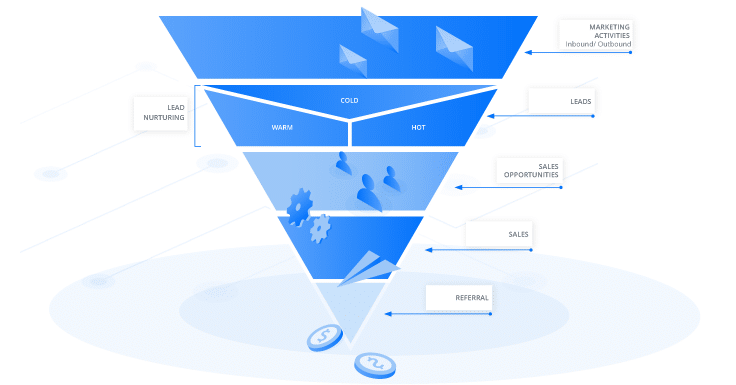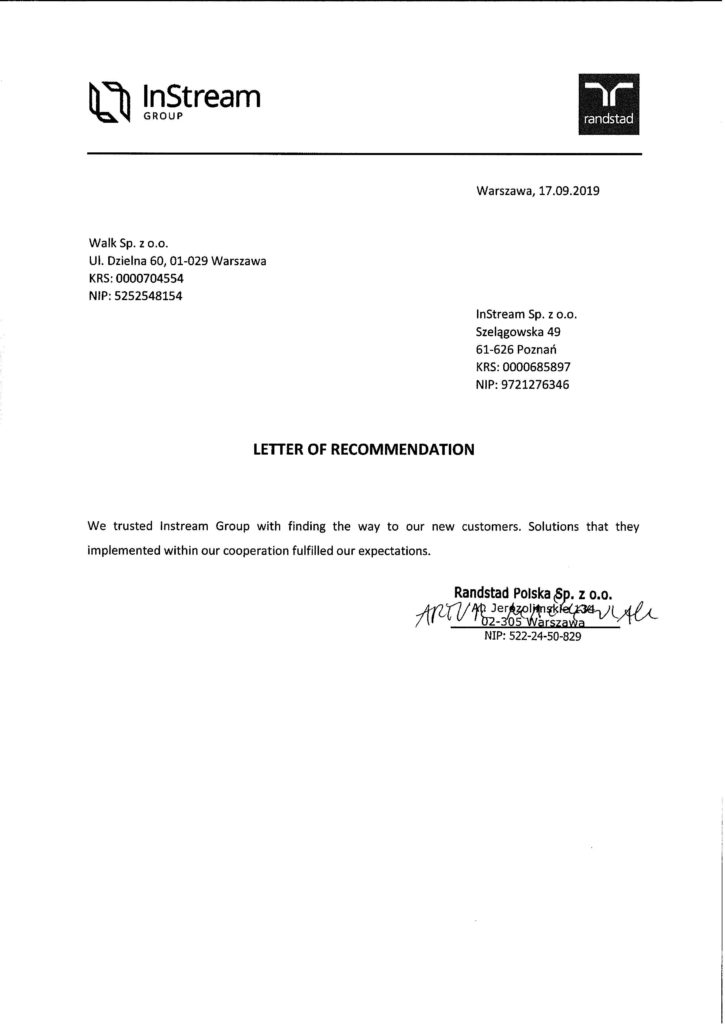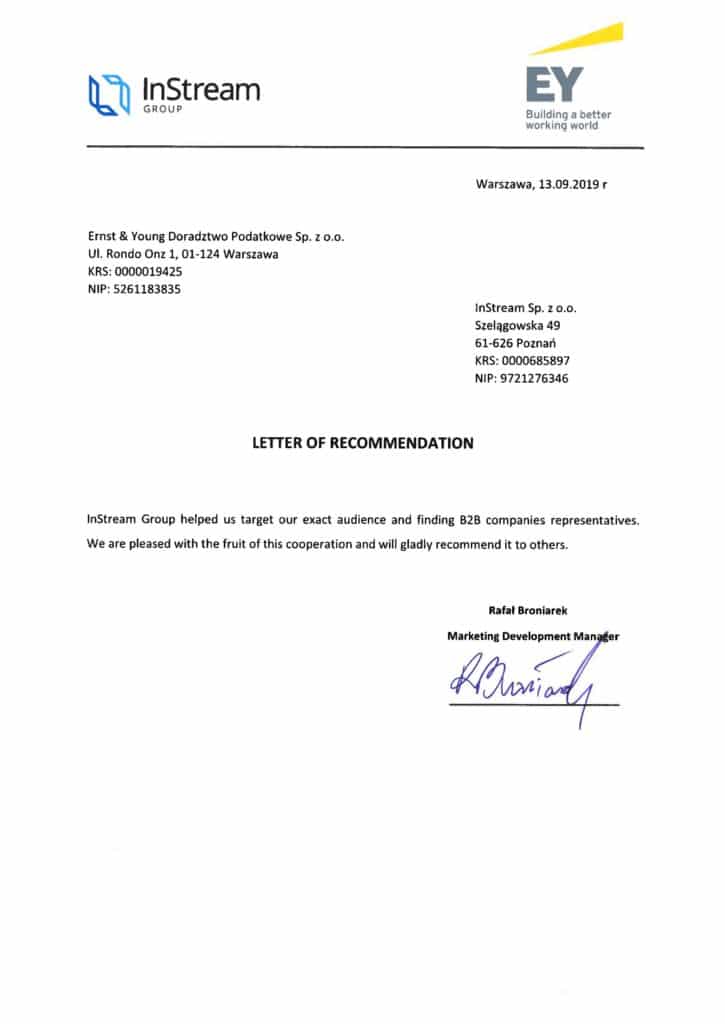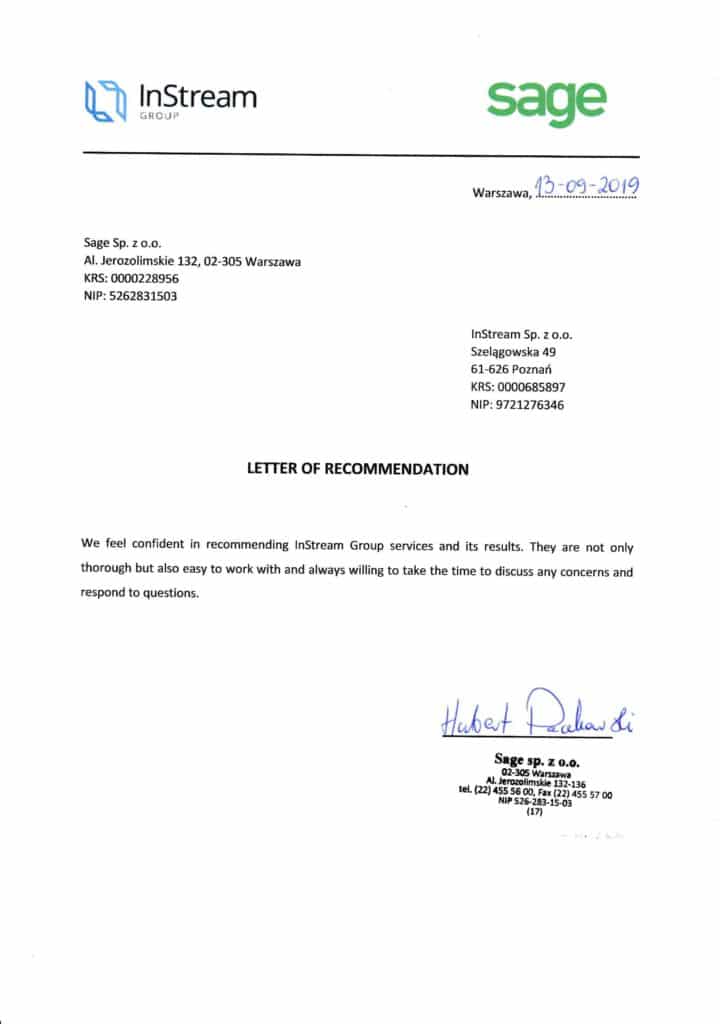In the following article, I will try to introduce you to the concept of lead. You will find out what a lead is, how to score it, and convert it into a customer.

Lead – is a person (B2C lead) or company (B2B lead) who is interested in a service or product and has provided his or her contact details through a form on the site or has expressed such interest in another form.
Due to the type of lead generation activities carried out, we can divide leads into two types.
Inbound Lead—a lead created through marketing activities. Lead Inbound is usually relatively cheap, it allows to operate on a large scale, but generating such leads does not allow to work 100% on a selected group.
The most popular methods of generating Inbound Leads include activities such as:
- Content marketing
- Guest blogging
- Webinars
- Podcasts
- Social Media marketing
- Video Marketing
- Media Marketing
- SEO
- Adwords
- Remarketing
These leads are generated on various platforms and acquired most often via a website through an online form or registration on the target product.
Outbound Lead—a lead generated on the basis of pre-sales activities. Outbound leads have the advantage of being generated on the basis of a very precisely selected target group of potential customers. Thanks to this, Outbound Lead acquisition is an activity that is often performed by sales assistants or salespeople themselves.
The most popular methods of generating Outbound Leads include activities such as:
- Cold Calling
- Cold Emailing
- Social Selling
- Linkedin Automation
- Affiliate Marketing
- Referral Sales
The origin of Lead has a huge impact on its quality. Therefore, when deciding on appropriate measures to acquire it, it is important to consider what type of leads you want.
To find out more about planning a Lead Generation strategy, take a look here.
Lead scoring
From the crowd of potential customers, you have to identify those who are most interested in the purchase, so the first step is to identify the perfect Target. This is done by lead scoring, which is to assign values to the leads you have.
How to score leads—practical tips:
- Choose the 10 most valuable leads acquired recently and think about what makes them so good. Analyse which ones have led to the presentation of the offer.
- Select the 10 closed sales in the last month or year and create a description of the leads that converted to them.
- Choose 10 leads that have not converted to a sale and create a description of these leads.
- Look at the lost leads and think about why this has happened.
- Put them all together and analyse them.
Features and behaviors that are common to the people who have most often made purchases are the features you look for among new leads and this is the basis on which you should score them.
In order to be able to assess whether a Lead has a certain value, that is how much possibility of conversion they offer, you need to have a system to handle it. This is why CRM systems are being implemented in companies. A CRM system supports the entire conversion process (path) of the conversion from Lead to Customer.
The monitoring of this process enables you to know:
- which leads have the best conversion rate,
- what lead needs more work on,
- what is the cost per Lead—CPL.
For lead handling purposes, we recommend the following CRM systems:
- InStream.io
- PipeDrive
- SalesForce
- LiveSpace
- Contactually
- HubSpotCRM
The choice of the CRM system should be determined by your needs in terms of working with Lead and the customer. These systems differ in functionality and it is worth getting to know each one independently.
When assessing behaviour—behavioural scoring—take into account how many times a given person has visited your website, whether they have opened the email they received from you, how much time they have spent on the landing page, which products they have viewed, whether they have looked at the price list on the website or subscribed to the newsletter.
When assessing features—demographic scoring—take into account the position of the person, the industry they work in, their age, their income, and the size of the company they work for.
For the purpose of even more efficient lead scoring, LTV—Life Time Value should also be taken into account. Occasionally, some leads are acquired in large numbers and convert very easily and, but they are not so attractive from a sales perspective. By assessing the final value obtained from a certain group of leads, it is possible to make a more correct decision as to whether you should actually focus your efforts on these types of leads and whether they bring the appropriate ROI—Return of Marketing Investments.
Hot leads, warm leads, and cold leads
The terms hot, warm and cold in relation to leads describe the level of interest of a person or company in your product/service. Behaviour towards leads varies depending on how many points they have on your scale.
Hot leads are those that respond enthusiastically to your first contact and show interest in your offer. More professionally they are called SQL—Sales Qualified Leads. These are leads that, after contacting a sales representative and having carried out the qualification, turns out to be of good quality and is further processed.
In this case, there is nothing to wait for—pass them on to the sales people, they can start the sales process right away. In my experience, the negotiations in such cases are short, specific and, in 9 out of 10 cases, they end up with a sale. For example, Mrs X has just opened up a business and she needs the software that would enable her to conduct her business activity as soon as possible. She is ready to buy, she will not wait for your message indefinitely. If you do not hurry up, Mrs X will be impatient and will go to the competition, where her needs will be addressed sooner.
Statistics carried out on 18 000 salespeople in the US show that contact in the first 5 minutes gives 60% more chance to close the sale. A contact after 1 hour gives 10 times less chance to convert the Lead into a client.
Cold leads are not interested in your product or service at the moment, they cannot be called potential customers. Trying to convince cold leads to buy, has virtually no chance of success—you will annoy the person and waste time on unproductive conversations. Anyway, these people will probably disappear from your field of vision before you can do anything.
However, this does not mean that you should not work on these leads. The Lead Nurturing process implies that, from time to time, you should try to refresh contact with such customers, so that a certain percentage of them can return to communication and ultimately decide to cooperate. In this regard, the CRM system and the well-designed sales process are again coming up as useful tools. If you are conducting Lead qualification in the CRM system correctly and scrupulously, you have an opportunity to return to the well-described target group from time to time and try to “warm it up”.
EACH LEAD HAS A SPECIFIC VALUE. BY DOING NOTHING WITH IT, YOU LOSE YOUR CAPITAL.
Warm Leads is the most ambiguous and demanding group. They are people and companies that follow you through social media, subscribe to your newsletter or channel, or otherwise show interest in your brand. An example of a warm lead can be a person or company planning to implement a particular software, who wants to know what choices they have, but is not yet ready to make a purchase. Such leads require care.

Lead Nurturing
This is a range of marketing activities aimed at preparing a potential customer for the purchase. It is most often used in the area of B2B product and service sales. In the B2B industry, products are usually very complex and require large investments. Thus, the purchasing process is longer than in the case of simpler and cheaper products. That is why the warm leads—the decision-makers who consider all the pros and cons of a given offer—can stay in contact with your brand for a long time without making any purchase decision. Don’t be discouraged, just see the potential that such leads can offer. And use a lead nurturing strategy to awaken it.
Lead nurturing is education about the product, the opportunities available on the market, providing valuable content, in short: staying in touch with a warm lead and slowly convincing it of your offer. There are different stages of “maturing” the lead to purchase: discovering a need, learning how to meet it, choosing the best option, and the purchase itself. These stages may vary depending on the sales methodology and type of customer. A constant feature is that this process takes a long time and has to be dealt with patiently.
Conversion
Objective—sale
Depending on the stage of your relationship with the recipient there may be different conversion objectives. If your goal is to acquire leads, your short-term conversion goal will be to get in touch with the person potentially interested in the purchase—matching your ideal customer profile. The long-term goal, in virtually every situation, is sales. So if you already have contact details of your ideal customers, you will try to make sure they actually make the purchase.
As InStream Group, we run effective B2B lead acquisition campaigns. Contact us if you think we can help you: we will do it with great pleasure.



